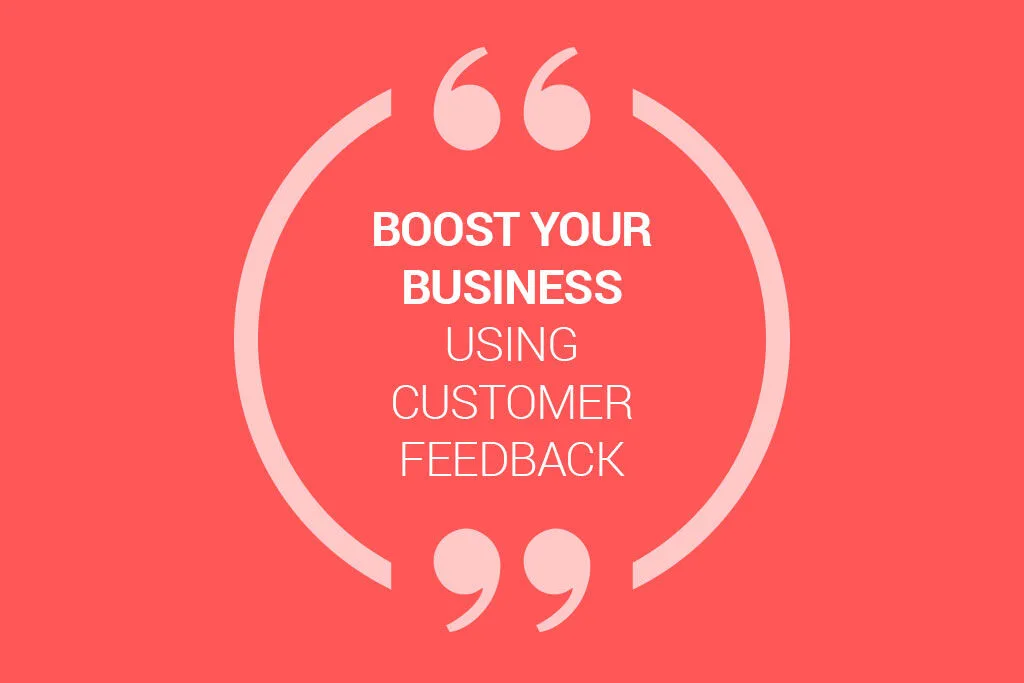In this digital age, customer feedback is more valuable than ever for businesses looking to enhance their marketing strategies. This article explores actionable ways to leverage customer feedback effectively.

Table of contents
- Understanding Customer Feedback
- Incorporating Feedback into Product Development
- Listening to Your Customers
- Iterative Feedback Loops
- Enhancing Customer Experience
- Personalizing Marketing Campaigns
- Addressing Pain Points
- Analyzing Feedback Data
- Feedback Collection Methods
- Feedback Response and Action
- Conclusion
Understanding Customer Feedback
Customer feedback comes in various forms such as surveys, reviews, and social media comments. It’s vital for businesses as it provides insights into customer satisfaction, preferences, and areas for improvement. This data helps tailor marketing strategies, improve products/services, and further build stronger customer relationships, ultimately leading to increased sales and brand loyalty.
Incorporating Feedback into Product Development
Incorporating customer feedback into product development involves collecting and analyzing feedback from various sources such as surveys, reviews, and social media. Utilize this data to identify customer preferences, pain points, and suggestions for improvement.

Listening to Your Customers
Actively listening to your customers’ feedback is crucial for understanding their needs, preferences, and pain points. This process involves attentively gathering feedback through various channels like surveys, reviews, and direct communication, and then analyzing and acting upon this information to improve products or services.
Iterative Feedback Loops
Creating iterative feedback loops involves establishing a systematic process to gather, analyze, and implement customer feedback continuously. This approach ensures that customer insights are integrated into every stage of the product lifecycle, then allowing for ongoing improvements and adjustments based on real-time feedback from users.
Enhancing Customer Experience
Customer feedback plays a vital role in enhancing the overall customer experience by providing valuable insights into areas needing improvement. By actively listening to feedback, businesses can identify pain points, address concerns, and tailor their products as well as services to meet customer expectations, ultimately fostering long-lasting relationships and loyalty.

Identifying Pain Points: Customer feedback helps businesses pinpoint specific pain points experienced by customers, such as product issues, service delays, or communication challenges.
Addressing Concerns: With feedback in hand, companies can take proactive steps to address customer concerns promptly, whether through product improvements, streamlined processes, or better customer support.
Tailoring Products or Services: By understanding customer preferences and dislikes through feedback, businesses can tailor their offerings to better align with customer expectations, leading to increased satisfaction and loyalty.
Fostering Relationships and Loyalty: Actively listening to and acting upon feedback demonstrates a commitment to client satisfaction, building trust, loyalty, and positive word-of-mouth referrals, which are crucial for long-term success.
Personalizing Marketing Campaigns
Utilizing consumer feedback allows businesses to personalize marketing campaigns effectively. By understanding customers’ preferences, interests, and behaviors, companies can create targeted and relevant marketing messages that resonate with their audience. This personalized approach not only increases customer engagement but also improves the effectiveness of marketing efforts, leading to higher conversion rates and customer satisfaction.
Addressing Pain Points
Addressing customer pain points is crucial for enhancing satisfaction. By identifying common issues through feedback, businesses can tailor solutions that directly address these concerns, improving overall experience and loyalty.

| Heading | Explanation |
| Identify Pain Points | Use customer feedback and analytics to pinpoint common issues customers face, such as long wait times, confusing website navigation, or product quality concerns. |
| Prioritize Solutions | Once pain points are identified, prioritize solutions based on their impact on customer experience and the feasibility of implementation. |
| Tailored Solutions | Develop tailored solutions that directly address identified pain points, such as improving website usability, enhancing customer support channels, or refining product features. |
| Continuous Improvement | Implement a feedback loop to continuously gather input from customers, monitor the effectiveness of solutions, and make iterative improvements to further enhance satisfaction. |
| Communication and Transparency | Keep customers informed about the steps being taken to address their concerns, demonstrate transparency in the process, and solicit ongoing feedback to ensure satisfaction levels are maintained and improved over time. |
Analyzing Feedback Data
Analyzing feedback data using data analytics tools provides valuable insights for marketing strategies. These tools help in understanding trends, sentiment analysis, and customer preferences, allowing businesses to make data-driven decisions that resonate with their target audience.
Feedback Collection Methods
Various methods exist for collecting feedback, such as surveys, social media listening, and forms. Each method offers unique advantages, enabling businesses to gather comprehensive feedback and gain a holistic understanding of consumer needs and expectations.
Feedback Response and Action
How to respond to feedback promptly and take actionable steps to address consumer concerns and suggestions.
Conclusion
Customer feedback is a crucial asset for businesses, offering valuable insights into consumer preferences and pain points. By analyzing data, businesses can tailor their marketing strategies to meet customer needs effectively, leading to increased customer satisfaction, loyalty, and ultimately, business success.
Read more : E-commerce Marketing: Driving Sales and Revenue Online
FAQS
Customer feedback provides valuable insights into audience satisfaction, preferences, and pain points, helping businesses tailor their marketing strategies to meet consumer needs effectively.
Effective methods for collecting customer feedback include surveys, social media listening, forms, and direct communication channels like emails or support interactions.
Businesses can use feedback to identify areas for improvement, prioritize features based on consumer needs, and conduct iterative testing.
Data analytics tools help businesses analyze feedback data, understand trends, conduct sentiment analysis.


